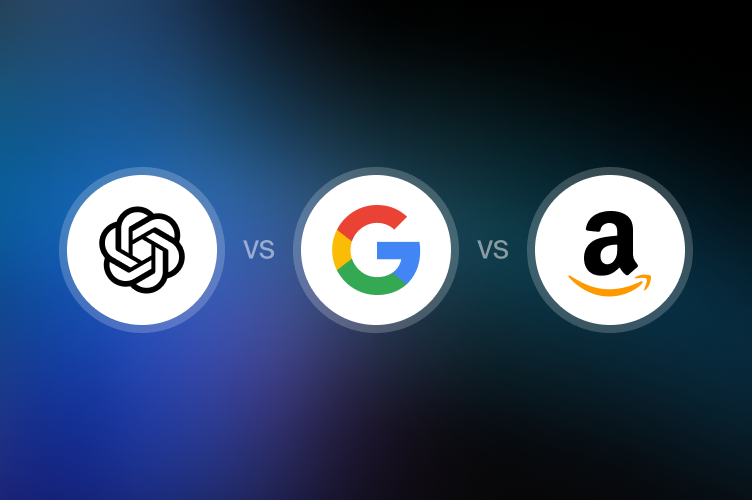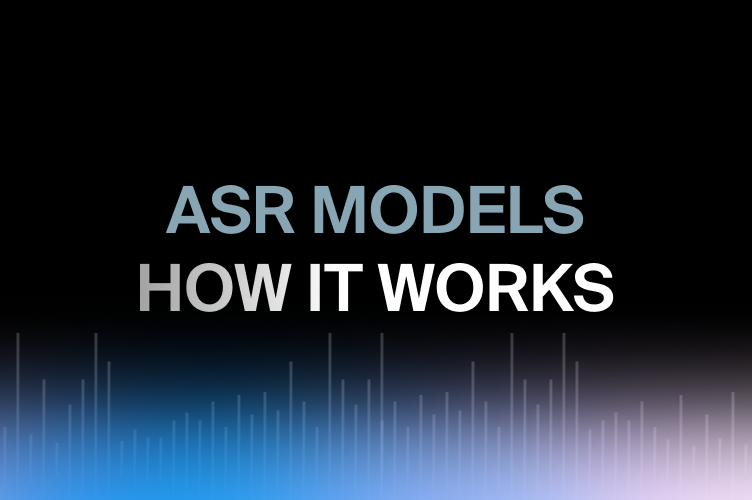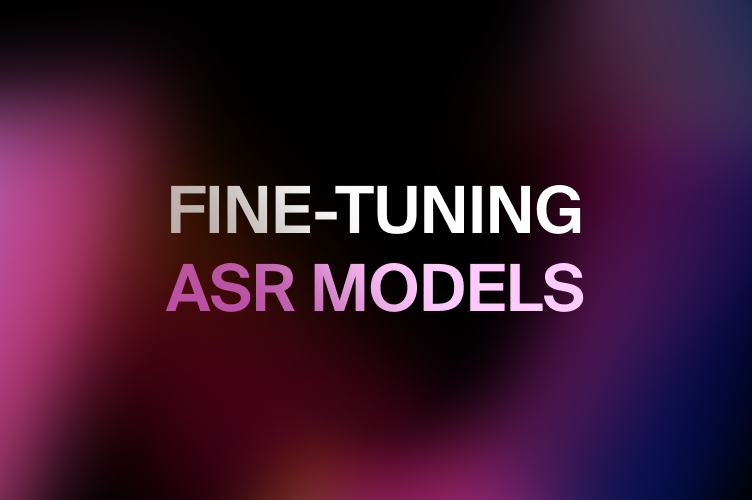Blog

Speech-To-Text
Should you trust WER?
Word Error Rate (WER) is a metric that evaluates the performance of ASR systems by analyzing the accuracy of speech-to-text results. WER metric allows developers, scientists, and researchers to assess ASR performance. A lower WER indicates better ASR performance, and vice versa. The assessment allows for optimizing the ASR technologies over time and helps to compare speech-to-text models and providers for commercial use.

Speech-To-Text
OpenAI Whisper vs Google Speech-to-Text vs Amazon Transcribe: The ASR rundown
Speech recognition models and APIs are crucial in building apps for various industries, including healthcare, customer service, online meetings, and entertainment.

Speech-To-Text
Best open-source speech-to-text models
Automatic speech recognition, also known as speech-to-text (STT), has been around for some decades, but the advances of the last two decades in both hardware and software, especially for artificial intelligence, made the technology more robust and accessible than ever before.

Case Studies
How Gladia's multilingual audio-to-text API supercharges Carv's AI for recruiters
In today's professional landscape, the average workday of a recruiter is characterized by a perpetual cycle of administrative tasks, alternated by intake calls with hiring managers and interviews with candidates. And while recruiters enjoy connecting with hiring managers and candidates, there’s an almost universal disdain for the administrative side of the job.

Speech-To-Text
How do ASR models work?
Automatic speech recognition (ASR) is a cornerstone of many business applications in domains ranging from call centers to smart device engineering. At their core, ASR models, also referred to as Speech-to-Text (STT), intelligently recognize human speech and convert it into a written format.

Speech-To-Text
Fine-tuning ASR models: Key definitions, mechanics, and use cases
Many modern AI models are built for general-purpose applications and require fine-tuning for domain-specific tasks. The fine-tuning process involves taking an existing model and training it further on domain-specific data. The additional training allows the model to understand the new data and improve its performance in a particular field.